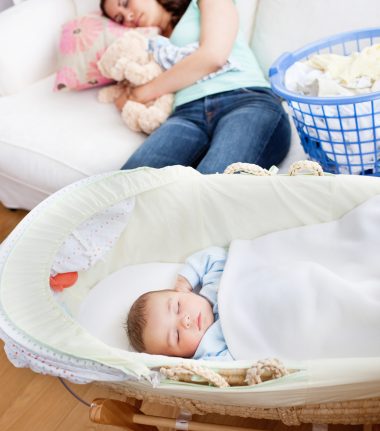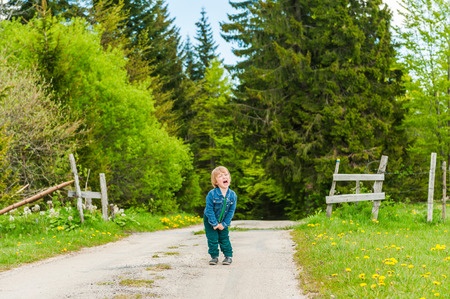There are so many decisions to be made when it comes to a new baby….how will we get him home from the hospital? Where will she sleep?
Perhaps you’re one of those people who has the nursery all painted and decked out and your idea of a perfect start is baby going straight into a cot in their own space close by. Perhaps you like the idea of having baby in the same room with you in the beginning or you live in a smaller space, therefore a bassinet may have more appeal.
A bassinet is definitely more compact than a cot and provides, some would argue, a cosier environment for baby to sleep in. There is also the mobility of a bassinet, since many come with wheels or handles, that add to their convenience. Whilst there are no current Australian standards for bassinets, some products do claim compliance with overseas standards or older Australian standards for rocking cradles.
Most bassinets will come with a recommendation for when it’s time to transition baby into a cot. Every baby is different and will grow at different rates. The Australian consumer advocacy group: Choice, recommends that once baby starts rolling over, or can pull themselves up via the sides it is time to transition them to a cot. Of course, many parents transition their babies long before this time, or begin baby sleeping in a cot straight away. Either of these approaches is perfectly fine.
Here at Sleep Love Grow, we are most interested in keeping baby’s ‘falling asleep environment’ simple and familiar, particularly from the three month mark and beyond. This is when, according to RedNose (formerly SIDS), a setting should be provided that isn’t dependent on another person. It may involve a snug wrap, a darkened room, the sound of a fan or other white noise and of course, the familiar smell/feel of their consistent sleeping space.
If you decide that a bassinet is for you, there are some things to watch out for as you are shopping around. Firstly, check the mattress. It should be firm and quite snug against the sides of the bassinet. There should be no gaps where baby’s arms or legs could become trapped. There should also be plenty of breathable area between baby and the sides to eliminate suffocation. If your bassinet comes with wheels, check there is a locking system for at least two wheels. The construction of the bassinet should feature permanently fixed parts that are difficult to budge when moved.
If you would like more information on what to look for in a bassinet, check out the Choice Bassinet Buying Guide or for safe sleep solutions see RedNose (SIDS).




